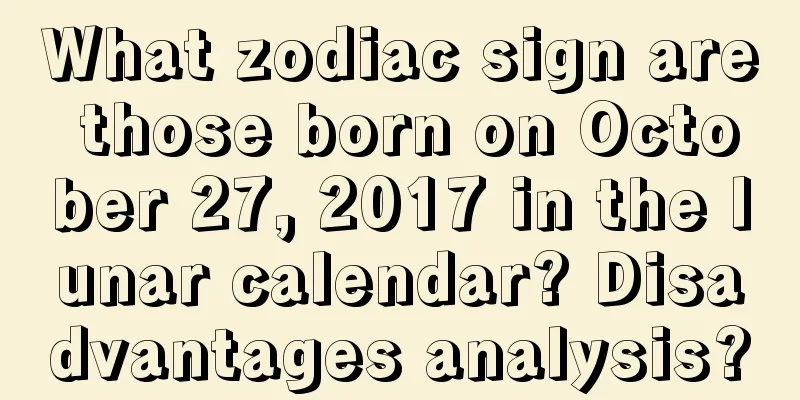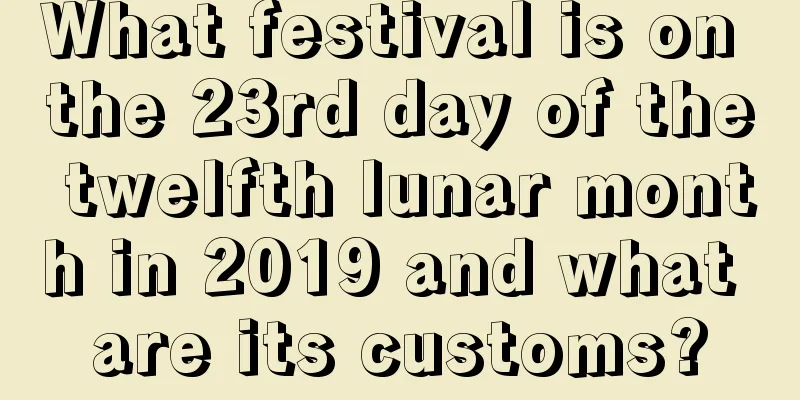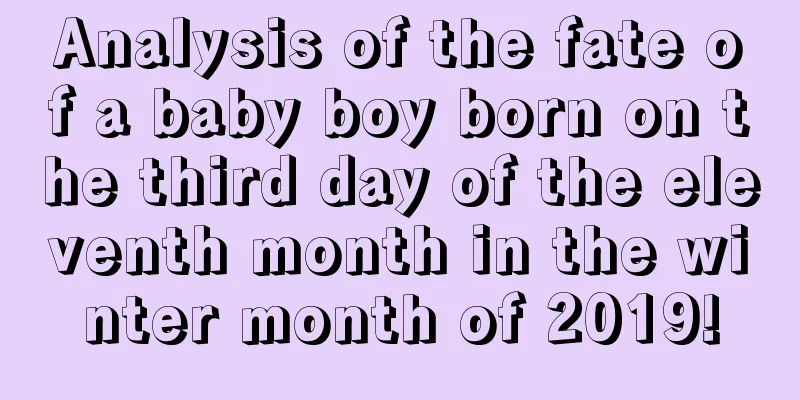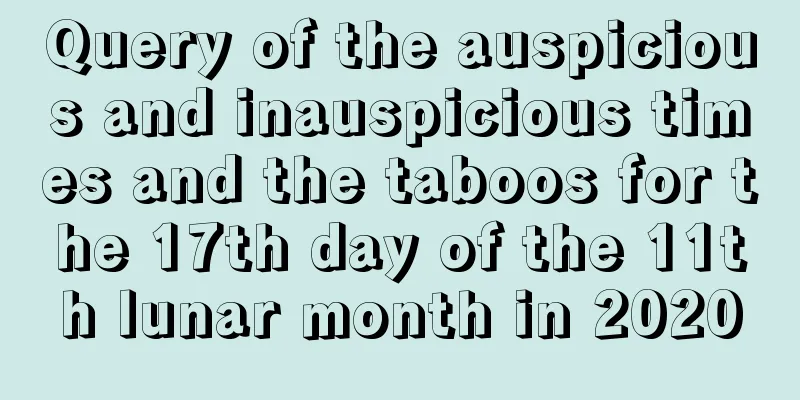What is the saying about appreciating sweet-scented osmanthus during the Mid-Autumn Festival? Selected famous ancient poems about the Mid-Autumn Festival!
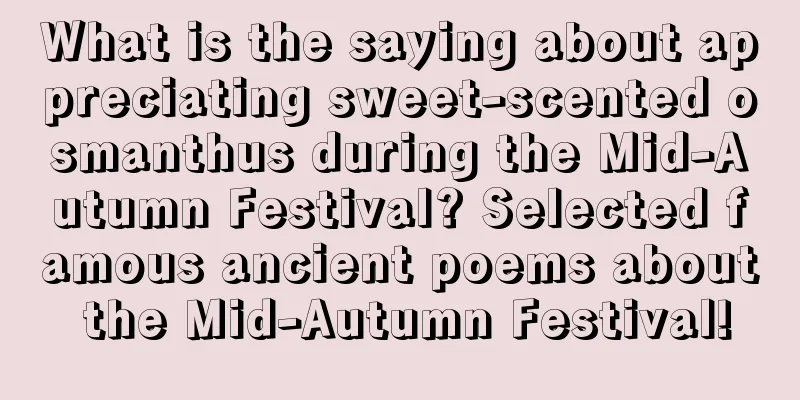
Introduction: The Mid-Autumn Festival has many customs, and appreciating osmanthus is one of them. So what is the saying about appreciating osmanthus during the Mid-Autumn Festival? Here are some selected famous ancient poems about the Mid-Autumn Festival! School has started, which also means it is the eighth month of the lunar calendar in 2019, and it is time to put on more clothes. Follow Mr. Shui Mo's website and we will spend a cool autumn with you.What is the saying about appreciating osmanthus during the Mid-Autumn Festival?The eighth month of the lunar calendar was called Guiyue in ancient times. This month is the best time to appreciate osmanthus.China's osmanthus and the bright moon of the Mid-Autumn Festival have been associated with the cultural life of the Chinese people since ancient times. Many poets have written poems and lyrics to describe, praise, and even deify it. The series of Moon Palace myths, such as Chang'e flying to the moon and Wu Gang cutting the osmanthus tree, are also linked together by osmanthus. Han Zicang of the Song Dynasty wrote in his poem: "A guest in the moon once planted seeds, and no flower in the world dared to compete with it in fragrance", calling the sweet-scented osmanthus tree "the best among flowers". In modern times, after a popular selection, the osmanthus tree has jumped to the throne of the top 10 famous flowers. Osmanthus has many names. It is called "Gui" because its leaf veins are shaped like a Gui, it is called "Muxi" because of its dense material and texture like a rhinoceros, it is called "Yan Gui" because it is naturally distributed among the clustered rocks and ridges, and it is also called "Seven-Li Xiang" and "Nine-Li Xiang" because of its fragrant smell when it blooms and the fragrance can be smelled for miles. In China, following ancient examples, people make full use of the advantages of luxuriant branches and leaves and evergreenness of osmanthus fragrans and use it as a greening tree species. There is no fixed pattern for its configuration, such as planting in pairs, scattered planting, groups or rows. In traditional arrangements, there have been the titles of "two osmanthus flowers in the courtyard" and "double osmanthus flowers leaving fragrance" since ancient times. The four traditional famous flowers, magnolia, crabapple, peony and osmanthus, are often planted together in front of the courtyard to take the homophony of jade, hall, wealth and nobility, which means auspiciousness. Selection of famous ancient poems about Mid-Autumn Festival!1. When will the bright moon appear? I raise my cup to ask the sky. I don’t know what year it is in the palace of heaven... People have joys and sorrows, separations and reunions; the moon waxes and wanes; it is impossible to have everything in life. I wish you a long life, and we can enjoy the beauty of the moon together even though we are thousands miles apart. ——Su Shi's "Water Melody"2. Wait for the moon and raise your glass to drink the fragrant wine in the green and clear sky. Worship the falling table of the Huaxing, and make an appointment with the floating raft of the bright moon. ——Wen Tianxiang's "Reply to Dong Tiju's Mid-Autumn Banquet" 3. The ground in the courtyard is white, crows are roosting on the trees, and the cold dewdrops are silently wetting the osmanthus flowers. The moon is bright tonight and everyone is looking at it, but I wonder whose house the autumn thoughts fall on? ——Wang Jian, "Watching the Moon on the 15th Night" 4. The evening clouds have all disappeared, leaving behind the chill, and the Milky Way is silently turning like a jade plate. This night in this life will not last long, where will I see the bright moon next year? ——Su Shi, "Mid-Autumn Moon" 5. The bright moon rises over Tianshan Mountain, among the vast sea of clouds. The wind blows for thousands of miles, passing through Yumen Pass. ——Li Bai's "Moon over Guanshan" 6. The bright moon rises over the sea, and people all over the world share this moment. The lover complains about the long night, and misses his lover all night long! ——Zhang Jiuling, "Looking at the Moon and Missing the Distant" 7. Go up to the west tower quickly, for fear that the sky will be clear and the floating clouds will cover the moon. But call for the jade flute, and blow it to pieces... If the moon were as full as this night, people might not necessarily support our farewell. ——Xin Qiji, "Man Jiang Hong" 8. The journey is long and the autumn scenery is light, while the oars made of orchid and cinnamon are filled with the fragrance of heaven. The moon is bright and round, and the people are thousands of miles away. The wind is strong and the sails are light, and the swallows are flying in a group. ——Zhang Huangyan, "Mid-Autumn Festival on a Boat" 9. The dew is white from tonight, and the moon is bright in my hometown. ——Du Fu, "Remembering My Brothers on a Moonlit Night" What is Mid-Autumn Festival?The Mid-Autumn Festival, also known as Moon Festival, Autumn Festival, Mid-Autumn Festival, August Festival, August Meeting, Moon-Chasing Festival, Moon-Playing Festival, Moon-Worshiping Festival, Daughters' Festival or Reunion Festival, is a traditional cultural festival popular among many ethnic groups in China and countries in the Chinese character cultural circle. It falls on the 15th day of the eighth month in the lunar calendar. It is named so because it falls exactly in the middle of the three autumns. In some places, the Mid-Autumn Festival is set on August 16.The Mid-Autumn Festival began in the early Tang Dynasty, was popular in the Song Dynasty, and by the Ming and Qing Dynasties, it had become one of China's traditional festivals as famous as the Spring Festival. Influenced by Chinese culture, Mid-Autumn Festival is also a traditional festival in some countries in East Asia and Southeast Asia, especially for local Chinese and overseas Chinese. Since 2008, Mid-Autumn Festival has been listed as a national statutory holiday. On May 20, 2006, the State Council included it in the first batch of national intangible cultural heritage list. Since ancient times, the Mid-Autumn Festival has had customs such as worshiping the moon, appreciating the moon, eating moon cakes, appreciating osmanthus flowers, and drinking osmanthus wine. These customs have been passed down to this day and have lasted for a long time. The Mid-Autumn Festival, with the roundness of the moon symbolizing family reunion, is a way to express longing for hometown and loved ones, and to pray for a good harvest and happiness. It has become a rich and precious cultural heritage. The Mid-Autumn Festival is known as one of China's four major traditional festivals, along with the Dragon Boat Festival, the Spring Festival and the Tomb-Sweeping Day. Your horoscope has secretly arranged your love luck information. In order to stop struggling for love, quickly click on the "Premium Calculation" below for advance predictions. I wish you can find the right one soon! |
Recommend
Is it a good day to open a new store on March 5, 2019?
For more details about the 2019 lunar calendar fo...
In which direction is the God of Wealth on the tenth day of the eleventh lunar month in 2020?
In which direction is the God of Wealth on the te...
Is it a good day to get married on the Double Ninth Festival in 2018?
The Double Ninth Festival is a good day for family...
Is it a good idea to move to a new house on the 16th day of the first lunar month in 2019? Can I move into the new house?
The new home is related to the fortune of the fami...
Analysis of the fate of a baby girl born on the fourth day of the eighth lunar month in 2018
A new life is born every day, and the destinies of...
Is the fate of a dog girl born on the first day of October in the lunar calendar in 2018 good? What is her fate?
Introduction: A new life is born every day, and th...
Is the Frost Descent solar term in 2017 a good time? Will you be happy if you get married during the Frost Descent?
Introduction: Marriage is one of the most importan...
When is Christmas Eve 2017 and how long is it until? What does it mean to give oranges on Christmas Eve?
Introduction: Although Christmas Eve is a foreign ...
Can we start work on the eighth day of the seventh lunar month in 2022? What is the hexagram?
The seventh month of the lunar calendar has arrive...
Where is the direction of the God of Happiness on the second day of June 2017?
1. What day is the second day of the sixth lunar ...
Is it not possible to start renovation on the eighth day of the eleventh lunar month in 2017?
Introduction: A house is a safe haven for people, ...
What are the customs on the third day of the Lunar New Year?
Introduction: The third day of the Lunar New Year ...
Can a funeral be held on the third day of the tenth lunar month in 2018?
We are always sad when our elders and relatives pa...
Is it suitable to move during the Spring Festival in 2019? Is it auspicious to move during the Spring Festival?
Is it suitable to move during the Spring Festival ...
The 13th day of the 12th month of the lunar calendar in 2017, is it a good day?
The twelfth month of the lunar calendar is also k...
